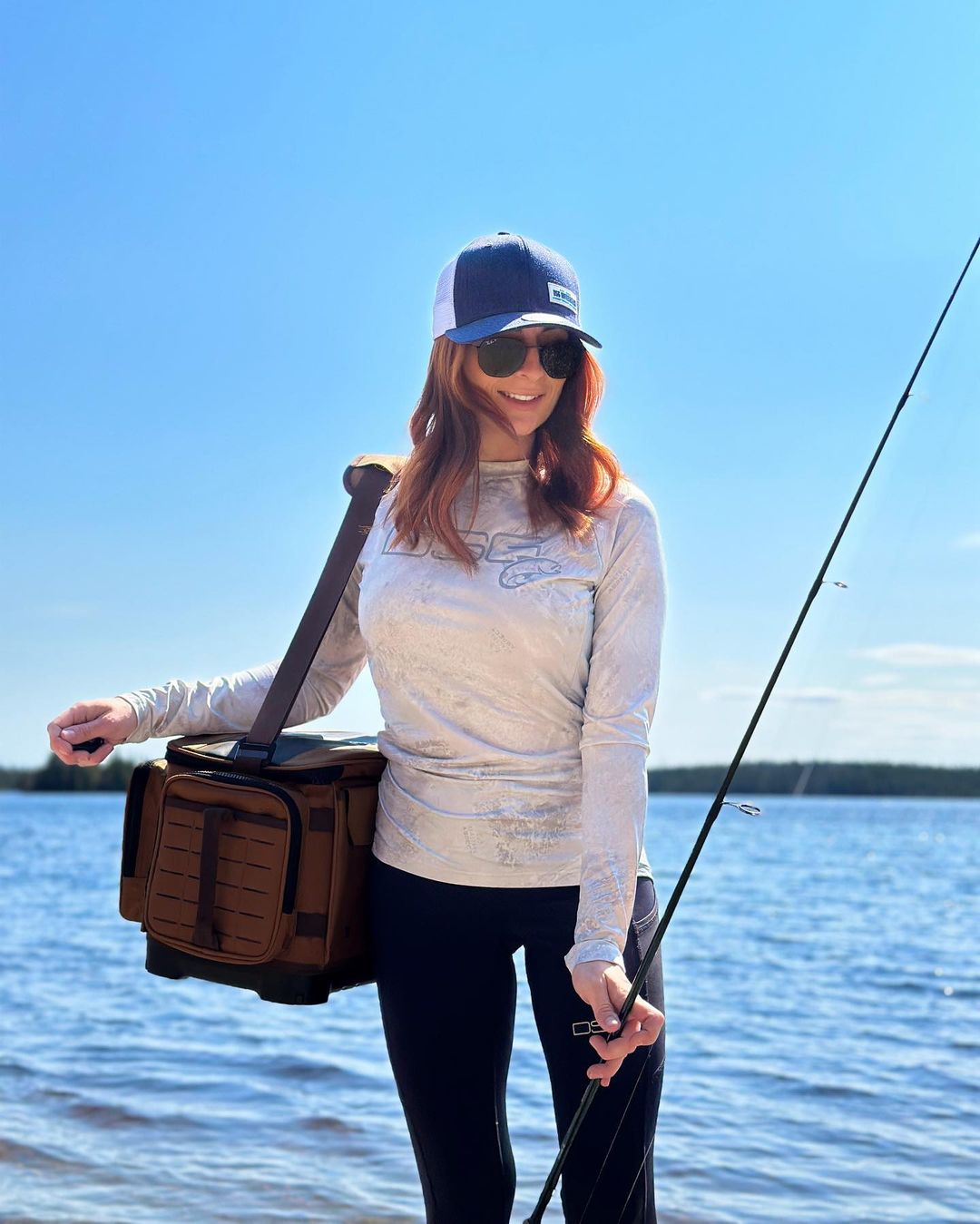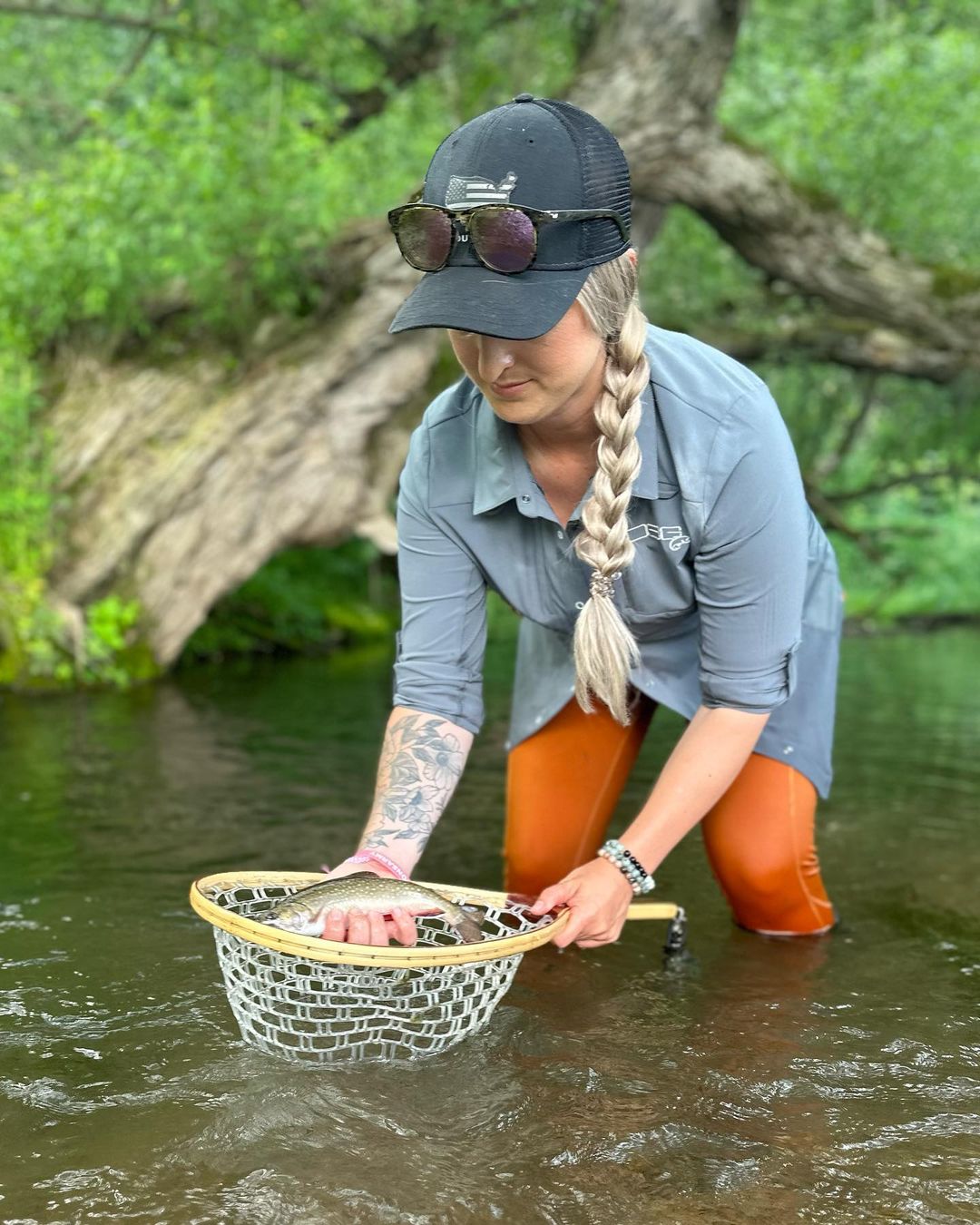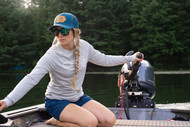10 Skills for Every Angler
Posted by Samantha Simma on May 27th 2020
With any sport, there is a myriad of gear and equipment that you’ll need to become comfortable with and know how to use. But taking a deep dive into every fishing setup, and under all types of conditions, would take ages. Big picture, here are some summer fishing tips and skills you should learn to up your odds of success.
Knot Tying: Knowing some knots is a fishing necessity. Whether it’s tying on hooks or resurrecting a broken line, there are few knots you should have in your knowledge bank. One of the most popular knots to know is the clinch knot. For braided knots, learn the Palomar knot instead. A strong knot won’t break away when you set your hook. In this way you can avoid missed opportunities and lost lures.
Read the Water: Knowing where fish hang out depends on the body of water. But in general, you’ll want to consider the location of structures and the water’s temperature. In search of security, fish will conceal themselves in weeds, by logjams, or under overhanging banks. Throughout the day (or the season), fish will gravitate toward cool waters. In the heat of summer, these fish will have to swim deep to stay cool, which is why many will advise you to fish at dawn or dusk—when the water cools and the fish can feed in shallower locations.

Casting Accuracy: You’ve read the water and assessed where you want to do your fishing. Now, how are you going to get your line there? By casting. That means avoiding snags on weeds, logs, and other obstacles. Sometimes success can be a matter of a few inches, so practice your casting for accuracy. Out of the water, practice in your backyard with different targets. Your goal—soup can-sized precision.
Hook Sharpening: A sharp hook will be easier to set. Test a hook’s sharpness by gently drawing the point of the hook across your fingernail. It’s sharp if it leaves a line on your nail or the point tries to dig in. When it’s not in the water, care for your hooks by air drying them before storing, to prevent rust. And when your hook needs sharpening, use a file from the point of the hook toward the barb. File from three positions to create a triangular point. Finally, don’t file it down too much or the hook will weaken.
Measuring Your Catch: Make it legal by measuring correctly. It’s important to measure your catch correctly—both to determine its legality if you’re opting to keep it, or to have accurate boasting rights after returning it to the water. Fish aren’t the steadiest creatures, and you want to make it quick if you’re going to release the fish. Measure from the tip of the bottom lip to the end of the tail, keeping your measuring device centered across the fish’s body. By the end of the tail, this doesn’t mean the point of the tail fin, but rather, where the fin is indented (in line with the center of the body).

How to Hook Live Bait: The bait you use will vary by the fish you’re fishing for, but here we consider two of the most common types of live bait—minnows and worms. You may thread the hook through the entire length of the worm or cut it into small pieces and thread through each piece. This is good if you’re trying to hook small fish with a small amount of worm. With bigger worms, it’s easiest to hook through multiple parts of the worm’s body, so the worm is secured in a serpentine formation. Minnows should be hooked through the upper and lower lips if you want the minnow to “swim” through the water more naturally while you reel it in to recast. If you’re using a float and sinker system, it’s better to hook the minnow through the back body, while avoiding the spine. Lastly, hooking through the minnow’s mouth and out its stomach provide the strongest hold—which is good for fast waters.
Removing Hooks: Hopefully this is a skill you’ll need to remove a hook from a fish, not your own skin, but the principals are the same. Gear up your tackle box with a good set of pliers—they help remove hooks from tricky positions and protect your fingers if you’re removing a hook with multiple barbs. Without pliers, try to back the hook out of the skin.
Netting (Landing) a Fish: You’ve worked long and hard to locate and catch a fish, so the last thing you want to do is lose it at the end of the fight. Like most things in fishing, don’t rush it. Reel it in and tire it out along the way. The net should go down into the water (pointed at the water, not the fish), and rise up from beneath the fish. If you are unable to get under the fish, submerge the net as much as possible, tilted at a 45-degree angle, and scoop the fish from the side from nose to tail. Scooping from tail to nose would give the fish a clear path for escape.
Study Your Success (Or Lack Thereof): Learn to map out your trials on the water. Each time on the water is a lesson in fishing, regardless of your success or lack thereof. Note the location, time of day, and depth at which you’ve fished, water temperatures, weather conditions, the bait used, and the corresponding results. You will learn from these experiences and improve upon them in the future.

Release it Right: If you’re not keeping a fish, you’ll want to return it to the water safely. Minimize your hands-on handling of the fish and keep it out of the water for as little time as possible. Quickly remove the hook, and keep your hands away from the gills and eyes. Holding the fish horizontally, submerge it just below the water’s surface. Watch for the opening and closing of its gills, indicating that water has passed over them. Release your hand, allowing the fish to freely swim away of its own accord.
Now that you're ready to head out fishing, be sure to check out DSG Outerwear's women's fishing gear!

